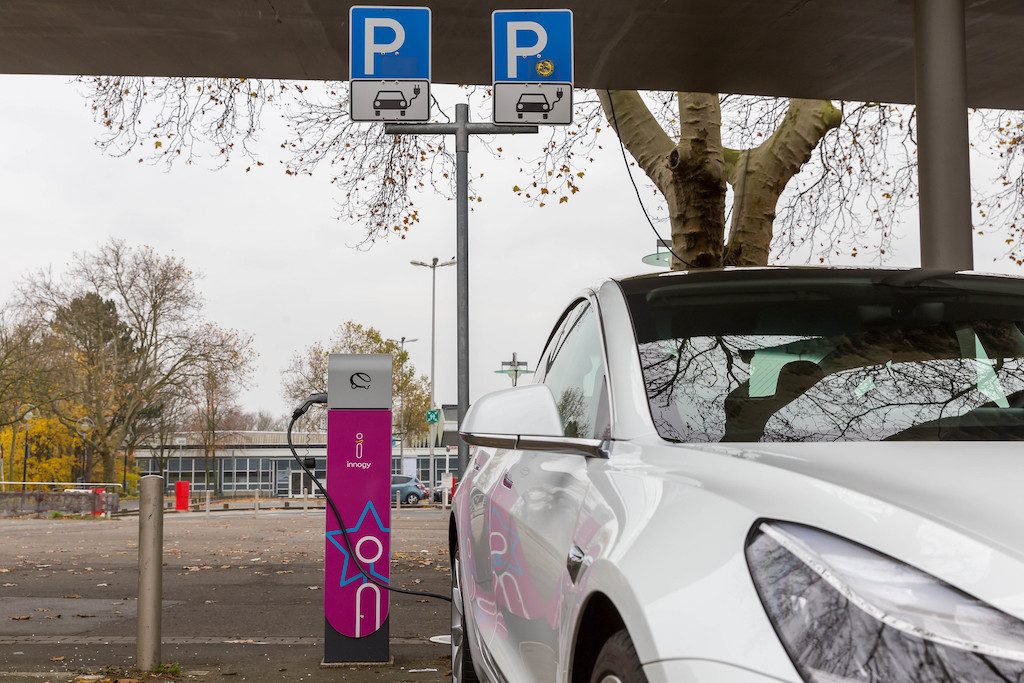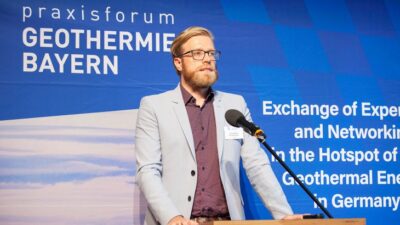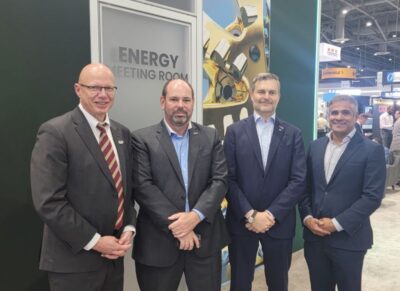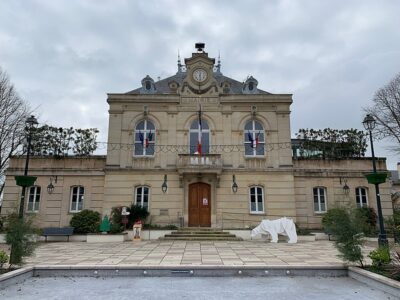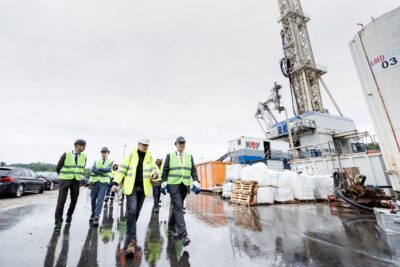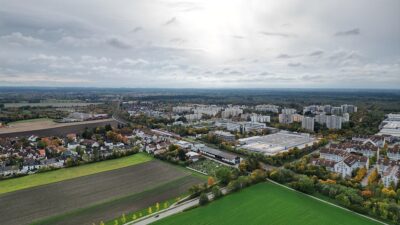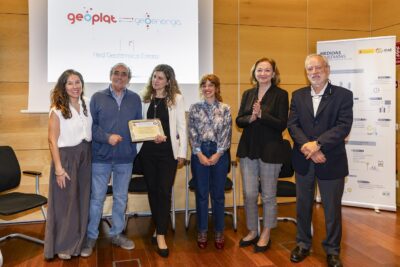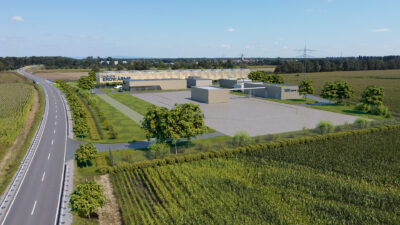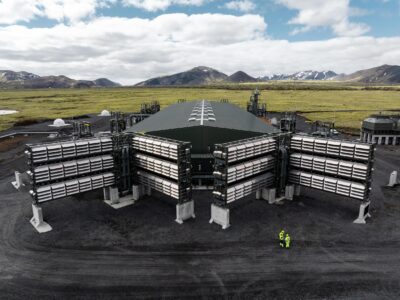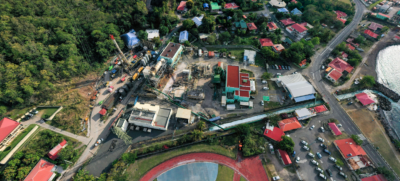Early indications for good Lithium recovery rates for project in Germany
First tests indicate good Lithium recovery rates from the geothermal brine of the company's project in the Upper Rhine Valley in Germany.
In a release this week, Vulcan Energy Resources announced that it has successfully completed initial bench-scale test work on Upper Rhine Valley geothermal brine, using adsorbent-type direct lithium extraction (DLE) technological approaches.
Vulcan was able to quickly identify and test the best DLE technology options for the Upper Rhine Valley brine by leveraging the experiences of its in-house team and external consultants, who have worked on multiple geothermal lithium projects with numerous DLE technologies.
Lithium chloride (LiCl) concentrates were produced from real geothermal brine that was supplied at ambient pressure from Vulcan’s area of focus in the Upper Rhine Valley. Materials and techniques used during the extraction process are similar to those already used in other commercial and near commercial lithium brine projects. The produced LiCl concentrate is an industry standard precursor used for conversion into battery-quality lithium hydroxide using conventional, off the shelf processes. This initial test work campaign was performed on the 10L scale and showed >90% lithium recovery. This is an important first step to demonstrate that LiCl can be extracted from the geothermal brine without the need to evaporate the water, or remove the calcium, sodium, or large quantities of other salts. This is required in evaporative processes in South America, which creates major waste streams, and also may disturb freshwater aquifers connected to brine aquifers if brine is not reinjected. The Upper Rhine Valley brine is a unique geothermal brine which contains both high grades of lithium and lower impurities compared to other lithium-rich geothermal brines.
The concentration of LiCl concentrate produced from geothermal brine will be further increased using reverse osmosis and mechanical evaporation. The power and heat needed for these processes will come from renewable geothermal energy which Vulcan will co-produce alongside lithium chemicals. Different, industry-standard downstream process flowsheets are then available to produce batterygrade lithium hydroxide, with a focus on carbon-neutral processing and minimal environmental and physical footprints. Results from this test work will be used in Vulcan’s Pre-Feasibility Study. The results will also be used, in tandem with acquisition and interpretation of exploration data, towards upgrading confidence categories of Vulcan’s JORC lithium resource. Vulcan has the largest lithium-brine resource in Europe, at 13.95 Mt contained LCE at 2 of 6 licences, of which 13.2 Mt LCE is currently in the Inferred category on its 100%-owned Ortenau license, announced in January 2020.
Further control of brine chemistry and optimization of operational parameters will be carried out, both at bench-scale, and in a “live” pilot study which will include controlling parameters such as pressure and brine chemistry. In doing so, Vulcan will ensure that the needs of the geothermal plant (avoiding formation of scales) and the lithium plant (optimising lithium recovery) are properly balanced during the development scale-up.
Vulcan Managing Director, Dr. Francis Wedin, commented: “We’re very pleased with these excellent initial lithium extraction results which are a credit to the expertise of the Vulcan technical team, who were able to quickly identify the best process options for our geothermal brine during the Scoping Study. With process development we are already working on further optimising the performance of the lithium extraction and will continue to do so throughout our feasibility studies. We are successfully proving that geothermal brines in Europe can be both a major source of lithium hydroxide for batteries, as well as providing the renewable energy to power the extraction process. This marks another milestone achieved towards our goal of producing Zero Carbon Lithium™ hydroxide for the European electric vehicle markets.
Source: Company release
